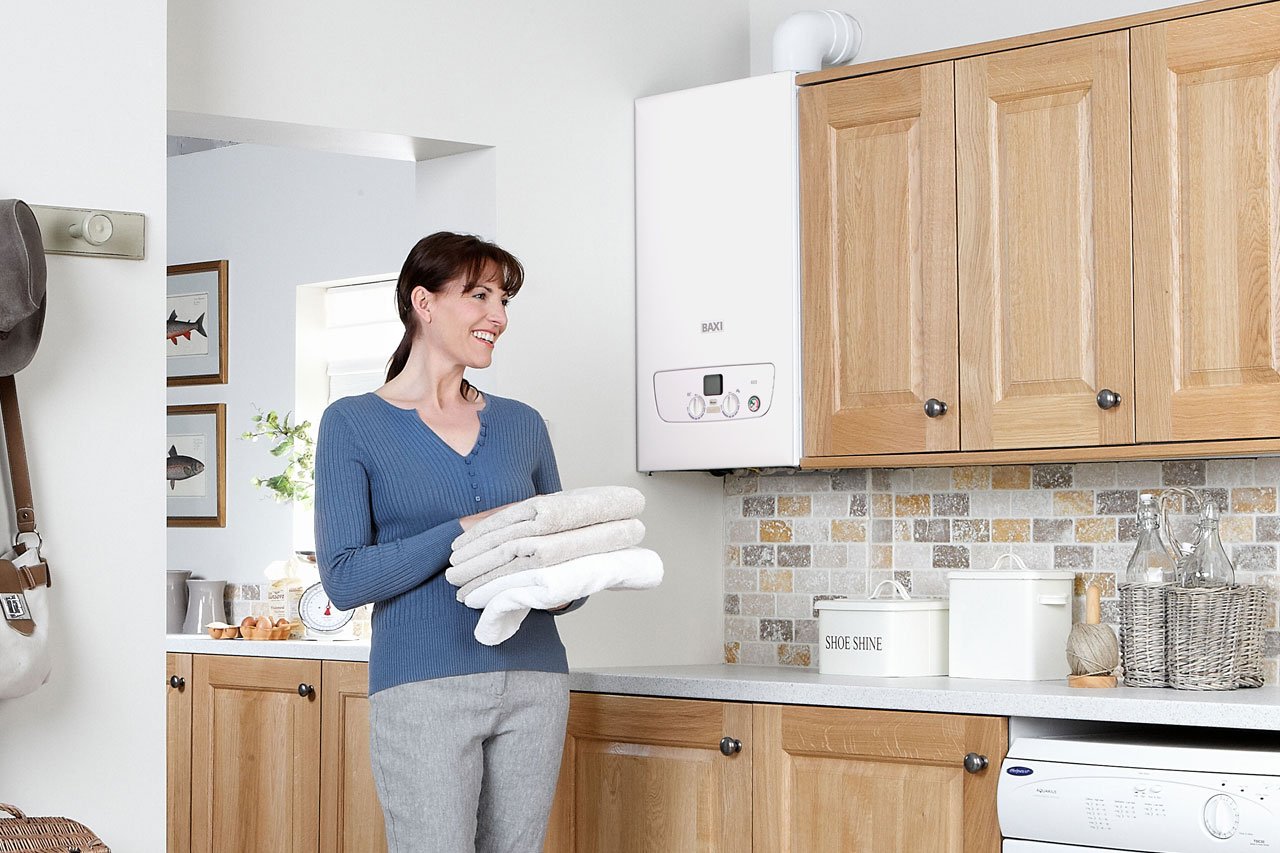
How does an air source heat pump work in cold weather?
As winter draws closer, you might be wondering whether your air source heat pump (ASHP) will work during the colder weather.
Rest assured, air source heat pump systems are designed to provide warmth even if the air temperature outside drops, ensuring your home stays cosy throughout the season.
Let's look a bit closer at how an air source heat pump delivers winter warmth, while at the same time, providing an efficient, cost-effective heating solution.
Benefits of air source heat pumps in UK winters
Air source heat pumps have numerous advantages during UK winters. These systems provide efficient heating even when the air temperature is low, leading to reduced energy consumption and lower bills. They provide a greener alternative to traditional heating systems, utilising renewable energy from the air to minimise carbon emissions.
With government incentives and grants available, installing an ASHP is becoming more accessible and cost-effective. These financial supports promote a shift towards sustainable heating solutions, making them an attractive option for eco-conscious homeowners in the UK like you.
Operating an air source heat pump in winter
Now let’s look at how air source heat pumps work. An ASHP captures heat from the outside air and transfers it indoors. You can think of this process as being like the one that keeps your fridge cool, but in reverse. But you might be thinking, “What if it’s freezing outside? Will the system still provide warmth?” The short answer is yes! In fact, air source heat pumps can work well in temperatures as low as –25 degrees in some cases, although it’s unlikely that we will experience such temperatures here in the UK.
As the system absorbs warmth from the cold air, the refrigerant inside the pump evaporates and turns into a gas. This is then compressed, raising its temperature significantly, and the generated heat is then transferred to your home, keeping you comfortable, no matter what the weather outside.
Air source heat pump efficiency in cold weather
Modern heat pumps are designed to perform efficiently even in freezing conditions where there is less heat in the air for them to draw on. Advanced features such as variable-speed compressors help these systems adapt and maintain optimum heating performance at all times.
In freezing temperatures, an ASHP’s defrost cycle is vital for maintaining efficiency. This cycle prevents ice from building up on the outdoor unit, allowing the heat pump to function smoothly even in severe cold weather. Make sure that this, and other key components of your system have been inspected and are in the best possible condition ahead of the winter months.
Winter care: preparing your heat pump for cold weather
In a similar way to keeping your car working effectively, proper winter care is essential for ensuring your air source heat pump runs efficiently when you need it to. Start by clearing any debris or snow from the outdoor unit. This will prevent blockages that can hinder performance later on. Other crucial maintenance checks you can do are checking refrigerant levels and securing electrical connections throughout the system.
Regular maintenance throughout the rest of the year is another crucial aspect of keeping your system efficient. Schedule annual professional servicing and routine checks before the colder weather arrives to identify potential issues before they become significant problems. This ensures your heat pump runs reliably even in freezing temperatures, when you’ll have a greater need for it.
Enhancing efficiency and comfort for winter
You might not realise it, but having quality home insulation plays a key role in improving the performance of an air source heat pump. By preventing heat from escaping, insulation reduces the strain on your heat pump, enhancing its efficiency and potentially lowering your energy bills.
Setting your thermostat to a consistent temperature, ideally between 18 and 20 degrees Celsius, reduces the workload on the system during the colder months, helping it to run smoothly without excessive cycling.
It might surprise you to know that it can be more efficient to run your air source heat pump constantly throughout the year, even in the summer. It takes more energy to start an ASHP in cold conditions, so having it running constantly gives you the best chance of keeping the system in good working order while having the added benefit of a relaxing, constant temperature that you are comfortable with.
Identifying and solving common cold weather problems
As the winter sets in, you may notice signs of reduced performance in your air source heat pump. If your energy bills are higher than usual or your home isn't as warm, then there might be something that needs attention, such as a leak or a component fault.
Start by carrying out the checks that we mentioned earlier. If problems persist, it's wise to consult a professional. Our Baxi-approved installers are ready to help, providing expert advice and solutions to keep your home warm and your system running efficiently, no matter how cold the weather gets.
Why choose Baxi for your heating needs
Here at Baxi, we offer a range of air source heat pumps designed to deliver reliable heating solutions year-round, including during winter. Our systems are built to perform efficiently in all weather conditions, ensuring your home remains warm and comfortable without excessive energy use.
With a commitment to quality customer service and a dedicated team of highly skilled installers, you can be sure that your air source heat pump system is ready for whatever the UK winter brings.
Find an Installer
Simply enter your postcode and find a local, trained, Gas Safe registered (where applicable) engineer to give you a no-obligation quote on a new boiler, cylinder or air source heat pump installation.
Baxi Heat Pumps
Our Air Source Heat Pumps will deliver reliable, energy-efficient performance. Suitable for a wide range of properties.




